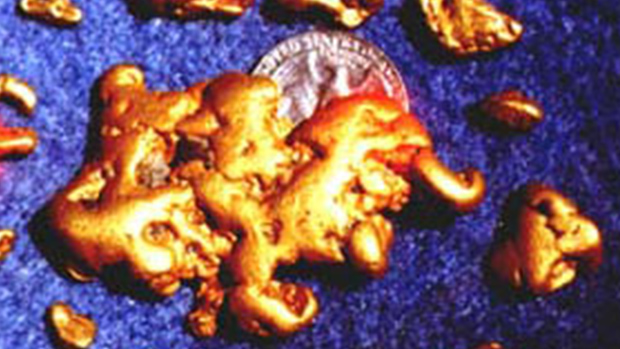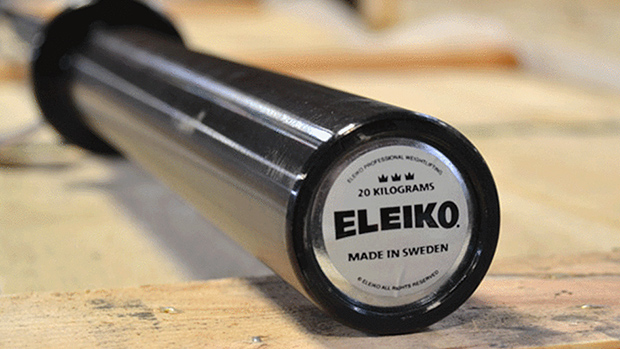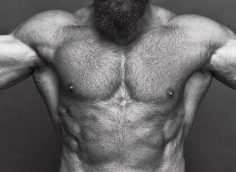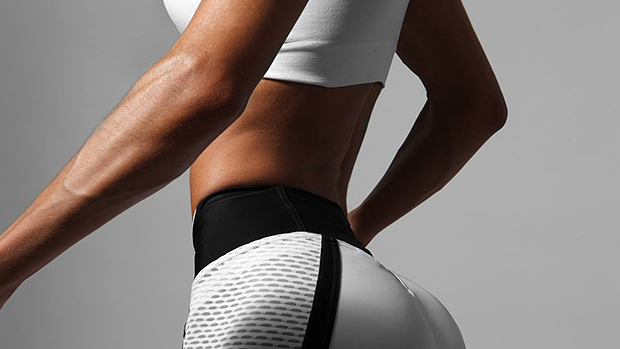Here's what you need to know...
- The squat is a highly functional exercise that every athlete should be doing, or working their way up to doing.
- The biggest obstacle lifters face when squatting is their mobility. And with mobility, you either move it or lose it
- Squatting ability should be assessed on a continuum. Find the movements that you can do well and gradually work up in difficulty as your mobility improves.
I love to squat. The unmistakable feeling of heavy weight on my back and the sound of clanging 45's always clears my mind like nothing else.
However, the barbell back squat is under fire from the same "experts" who want to abolish gym class and make overhead pressing an indictable offense.
Yes, squatting can be "dangerous" for the lower back when mobility is an issue, and certainly, there are other "functional" single-leg activities you can perform in place of the squat.
But just because you might not be ready to squat today doesn't mean it'll be off the table forever. There's a way to systematically progress to performing solid squats.
That's right, like a martial artist moving from white belt to yellow and beyond, you can earn the right to squat.
Some experts say the squat isn't functional. Really? Well, unless you take a dump by doing a single-leg pistol squat to the bowl, or put a foot up on the tank to drop a Bulgarian-inspired deuce, a two-footed squat still takes place every day.
And why doesn't anyone call out the chin-up for functionality? It's not like people are doing that motion on a daily basis.
Anyway, here are four "functions" of the squat that make it worth keeping in your program:
1. The squat functions to improve athleticism.
In my 20 years of training and coaching, I've seen a lot fewer people get hurt squatting than those dropping weights on their toes. I have, however, seen thousands of athletes lower their 40 times and increase their vertical jumps by squatting.
2. The squat functions to improve cardio.
Most people think cardio involves elliptical machines, leotards, and aerobics classes. Do some sets of 15-20 squats and see if your heart rate doesn't spike. Squats will improve your cardiac capacity and mental toughness.
3. The squat functions to add muscle mass.
The squat is the absolute best exercise for adding functional body weight. If your goal is to weigh more than people think, the squat will pack on muscle in places people can't even see.
4. The squat functions to get athletes ready for future programming.
If you're a trainer and you have to get athletes ready for college, squatting should be a staple. Single-leg dumbbell crossover step-ups might earn you points for creativity, but if you aren't making your athletes squat, you aren't doing all you can to prep them.
What about all the single-leg exercises like step-ups and lunges? Are they useless? No way! I've successfully performed and programmed single-leg exercises with squats for years. I'm not sure where this "one or the other" attitude came from.
The big issue with the back squat isn't weakness – it's mobility.
Contrary to what you might hear, mobility isn't age-dependent; it's movement-dependent. Stop moving for an extended period of time, and don't be surprised when the back squat folds you in half like a cheap lawn chair.
We all saw that photo of the one-year-old sitting in the hole of a perfect squat. Heck, some of you might've posted it on your Facebook page and commented on his "ass to grass" form.
Newsflash: Not many 30-60 year-olds have that level of mobility. Maybe that's what's supposed to happen with mobility. Fail to maintain it, and you lose it.
If that's what happens, you turn the barbell squat into a "bad morning exercise," both during the workout and the next day when you hobble out of bed.
But if you keep moving and maintain or even enhance your mobility as you age, the squat doesn't have to go. You can greatly improve your mobility for squatting if you work at it.
Below is the mobility routine that I perform before every squat workout.
1. Shoulder Wall Slides
Begin seated or standing against a wall with the arms held overhead. Slide the elbows, wrists, and hands down the wall to the "W" position shown. Hold for 5 seconds and repeat for 10 reps.

2. Soleus and Hip Flexor
Begin half-kneeling with the front foot a few inches from the wall. Lean forward to touch the knee to the wall while stretching the opposite hip. Hold for 5 seconds and repeat for 5 reps on each side.

3. Seated Glute and Ankle
Begin sitting with one leg crossed over the other and the hands supporting the body at the end of the chair. Lower yourself down to bring the forehead toward the knee. Hold for 5 seconds and repeat for 5 reps on each side.

Ankle mobility is the biggest limiter with the squat. Chuck Taylors might be the rage, but if ankle mobility is the limiting factor you'd be better off investing in a pair of Olympic lifting shoes. The higher heel reduces the demand for ankle ROM (range of motion) that you might not have.
Here's a thought: The barbell back squat isn't an introductory exercise as it requires adequate mobility. So, if the back squat is giving you problems, it's better to work up to it.
Here's a 16-exercise continuum I use to help my athletes "earn their squat." The continuum begins with lower load and mobility requirements and gradually progresses to heavier, more challenging movements.
See where you fit and start there. Move up the continuum as your strength and mobility improve.
Low Mobility, Low Load
- Body Squat, hands held straight out front, heels elevated
- Body Squat, hands held straight out front, feet turned out
- Body Squat, hands behind head, feet turned out
Low/Moderate Load, Average Mobility
- Single Kettlebell Goblet Squat
- Single Dumbbell Goblet Squat
- Dumbbell/Kettlebell Squat, held at side
Moderate/ High Load, Average Mobility
- Double Dumbbell Front Squat
- Double Kettlebell Front Squat
- Barbell Front Squat
- Barbell Zercher Squat (see below)
- Dumbbell/Kettlebell held-at-side Squat
- Barbell Back Box Squat
High Load, High Mobility
- Barbell Back Squat, heels elevated (shoe or plate)
- Barbell Back Squat
- Dumbbell Overhead Squat
- Barbell Overhead Squat
As you can see, apart from the overhead barbell squat, the back squat is near the top of the squat food chain. In my TFW System, you don't just do it – you have to earn it.
So work up to it just like you would with other lifts. You wouldn't do full cleans from the floor without a progression right? Why should the squat be any different?
Hey, if you don't like squatting, don't do it. If you don't have the mobility, don't do it (at least not yet). But trying to remove it from everyone's training is weak and totally unnecessary, not to mention counter-productive.
And unless everyone starts doing single-leg step-ups onto the toilet, I still think the squat is very "functional," too.





